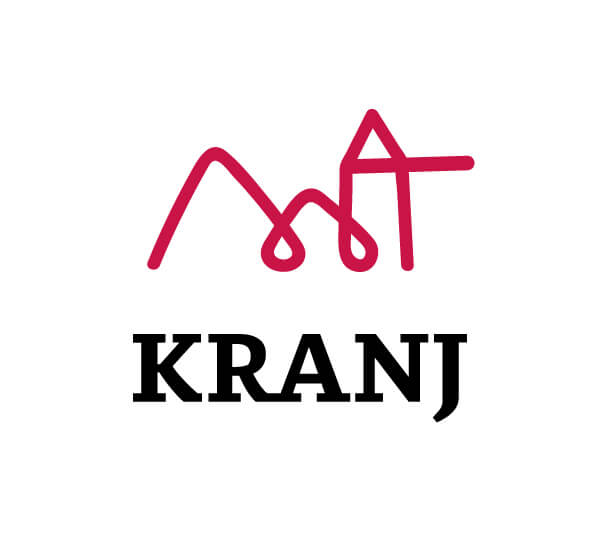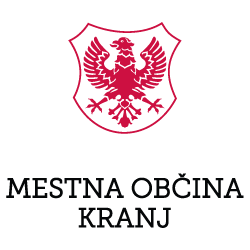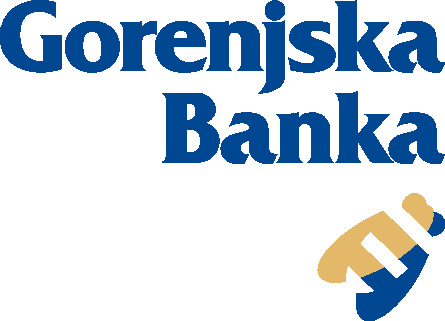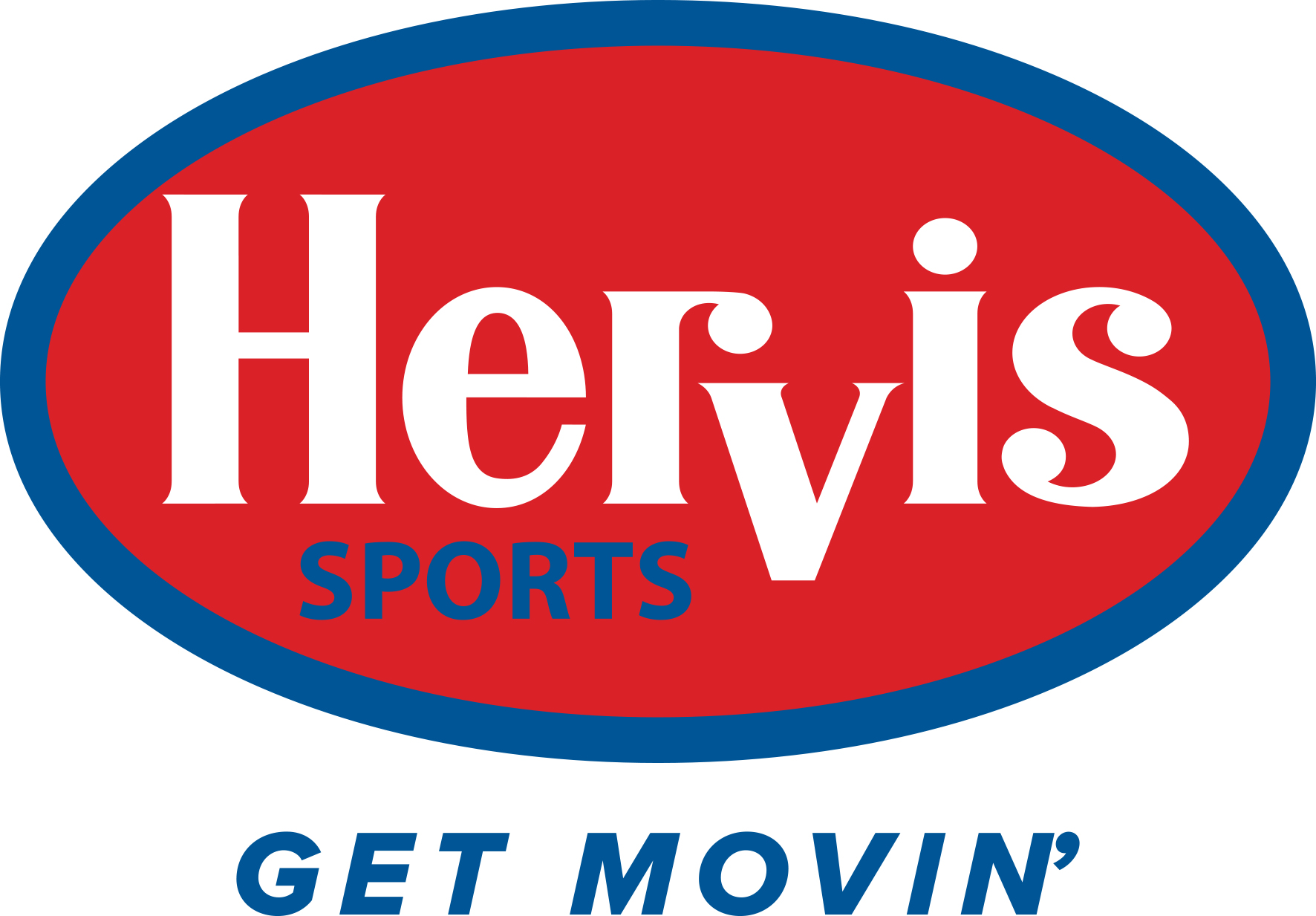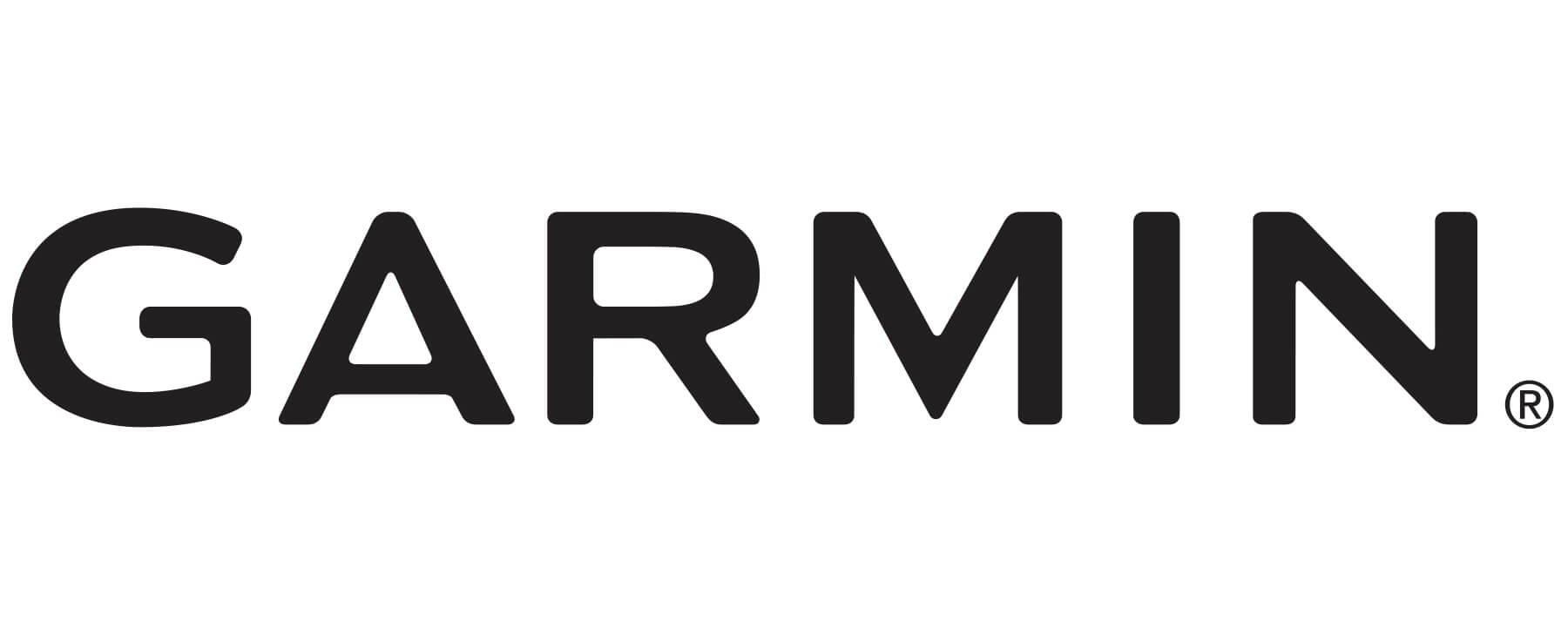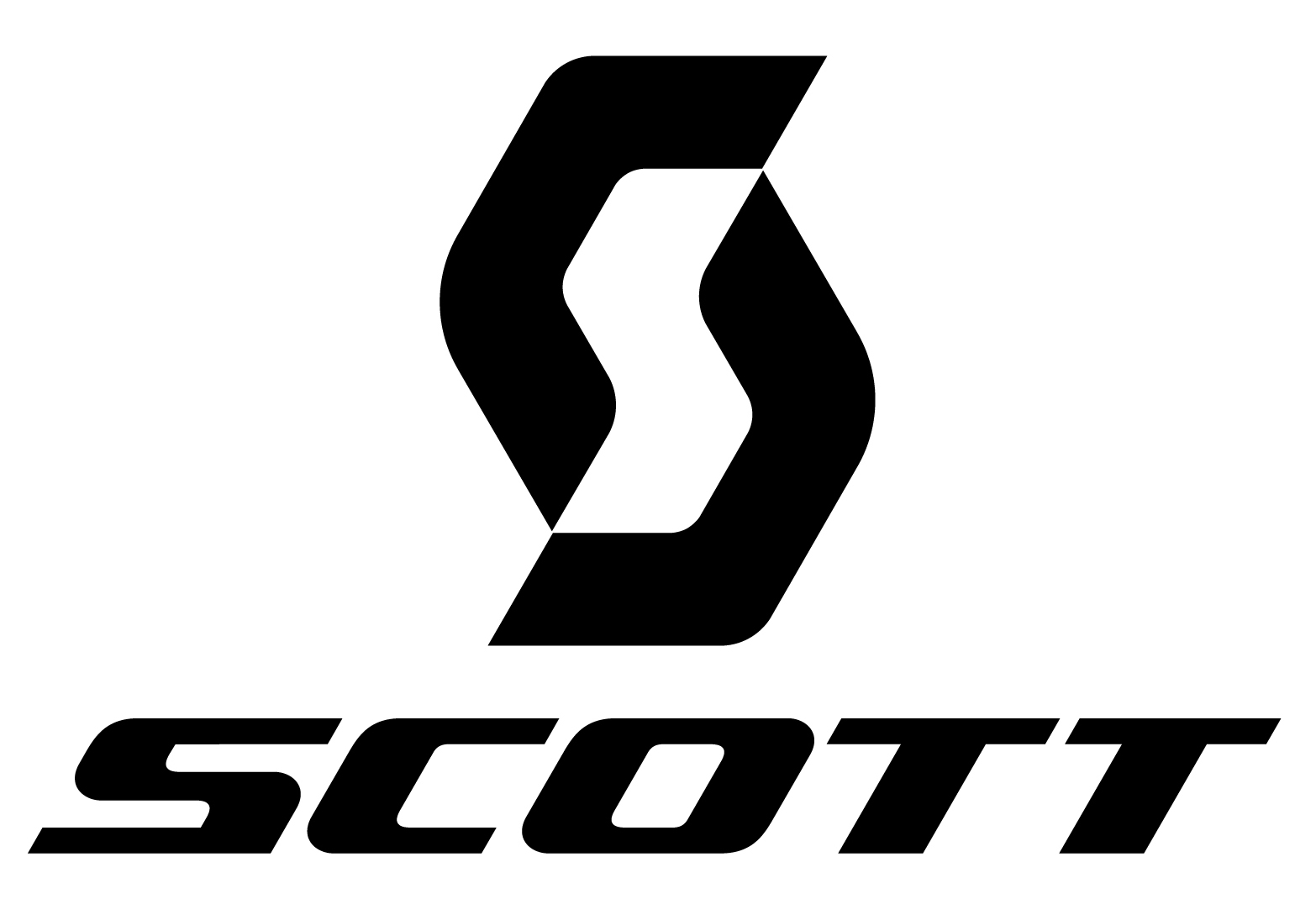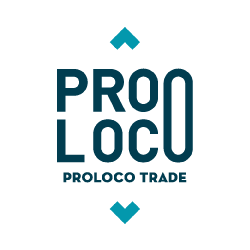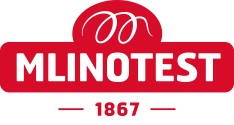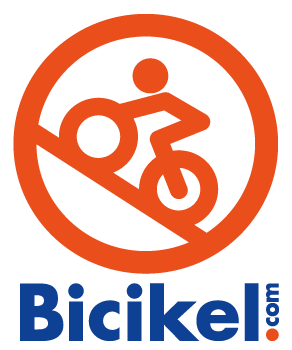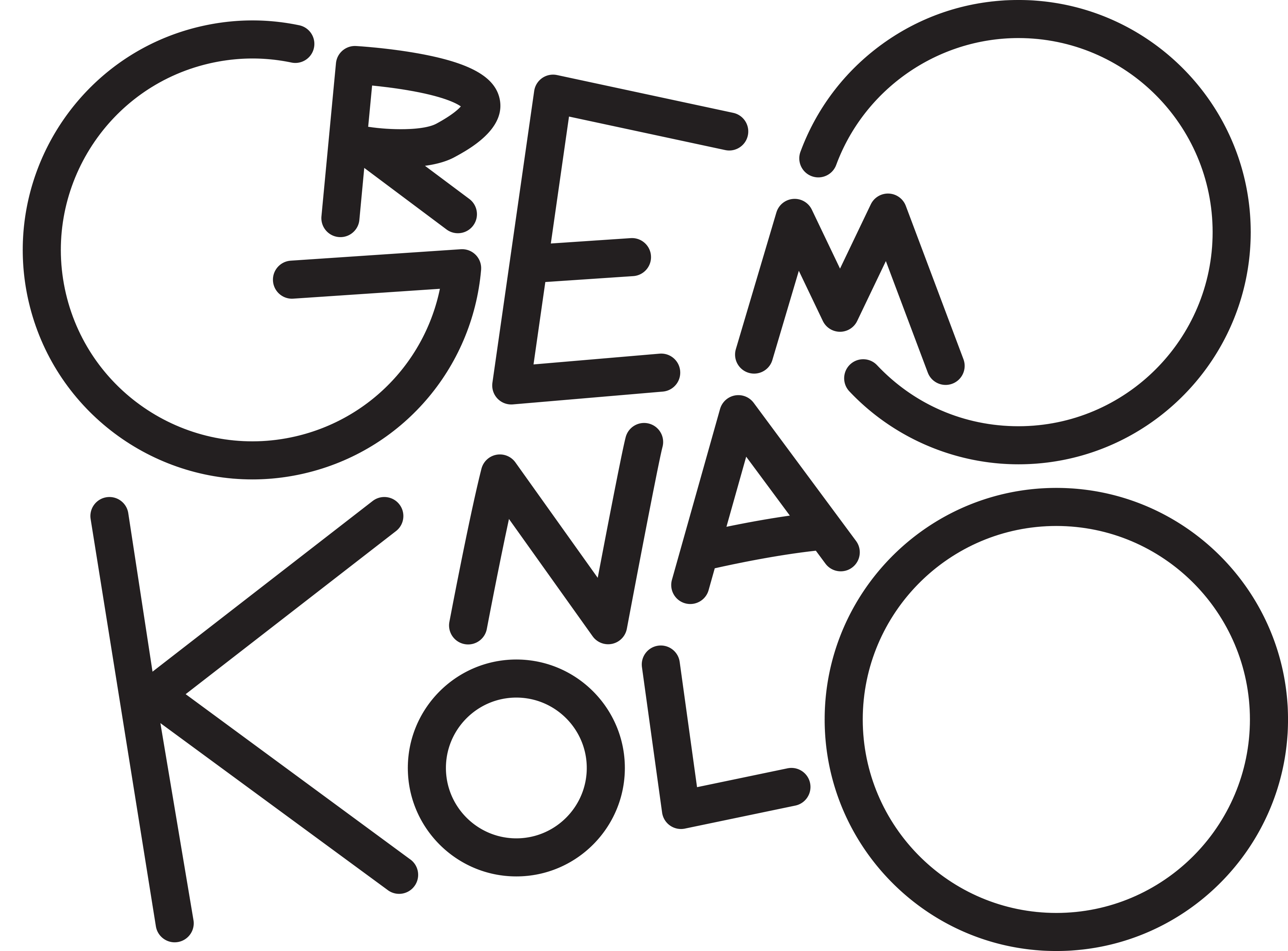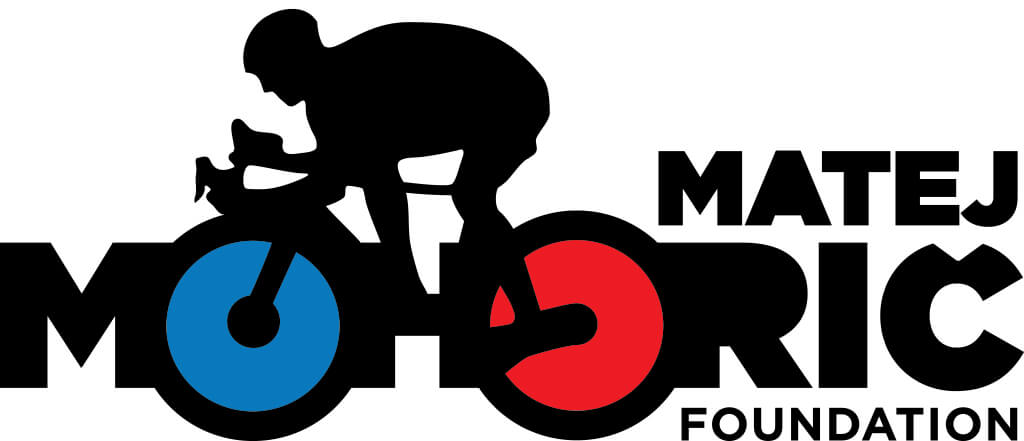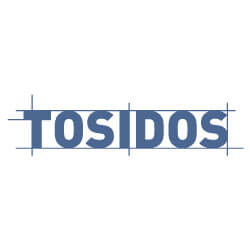My First Nutritional Periodization
Get familiar with the nutritional periodization to improve your performance.
In the previous article, we learned about carbohydrates and their crucial contribution to providing effective energy for performing (demanding) activities. This time, we will introduce nutritional periodization, which is primarily based on the strategy of adjusting carbohydrate intake during training and competition periods.

The meaning of nutritional periodization
Nutritional periodization broadly means planning nutrition according to a pre-established training plan and the individual’s goals (e.g., fat loss). The long-term goal of periodization is to improve sports performance and the individual's adaptation to exercise (i.e., to stimulate adaptations to exercise) while ensuring that health remains as optimal as possible throughout the entire training process. Periodization is used in practice with both elite athletes and amateur athletes, so it makes sense to master its basic concepts well.
In today’s article, as mentioned, we will still focus mainly on carbohydrates, but we must not forget that the basics are not composed solely of them. Therefore, in the next article, we will learn more about the remaining two macronutrients (proteins and fats).
To begin with, in the context of understanding periodization, we will define the amount of carbohydrates as two colors, which we will illustrate with the example of a traffic light. Green means: “Go! The car (human body) needs enough fuel (energy) to drive long and/or fast enough!” while red means: “Stop! The car (human body) still needs some energy to stay stationary but consider what else is important for an efficient/good car besides fuel!” Therefore, it will be logical and important to ask before each training session: “What kind of training is on the schedule?” so you can determine what color meal to prepare.
At the same time, it makes sense to adopt a training-training strategy, meaning that right after completing a training session, you should already think about the activity scheduled for the next day. Athletes often forget about this after finishing a workout, which can be particularly problematic if a demanding/longer training session is scheduled for the next day. As we know, it takes at least 24 hours to replenish (empty) glycogen stores. Additionally, after each training session, it makes sense to assess how you feel, because if you are very tired, regardless of what is scheduled for the next day, your body needs good recovery!
To better understand how to implement nutritional periodization with a training-training strategy in practice, let’s look at the following example (photo/table below). We have three different days ahead of us. The first day is a rest day (evaluated as low-demand activity), the second day includes a light afternoon workout (e.g., a 1.5-hour “coffee ride”), and the third day includes a harder/longer morning workout (e.g., 2 hours easy + 4x 15-minute hill intervals / 4 hours low intensity). When rest or light training is on the schedule, as is the case on the first and second days, increased carbohydrate intake is not needed, so meals, as mentioned, will be marked in red. However, considering the training-training strategy, after a light workout, we will ask what is on the schedule for the next day and color the meals after the workout green.
Picture: Nutritional periodization - Red means low carbohydrate intake before less demanding training, while green means high carbohydrate intake before demanding training. *You can use this as we prepared it for this article.
If we further put this example into the context of the amount of carbohydrates, we get two examples of plates (picture below; *approximate and not individual quantities!) or portion distributions of the carbohydrate side dish. The number of meals in practice is adjusted to the individual, but based on experience, we would like to have 3 main substantial meals (breakfast, lunch, and dinner), a recovery meal, and 1-2 snacks. If your last meal before training is substantial (examples below), it makes sense to have it at least 2 hours before starting training. Smaller meals can be included 30 minutes to 2 hours before training (adjust quantities based on what suits you). Before demanding/long training, we want at least 2-3 meals to be green.
PORTION OF CARBOHYDRATES IN MAIN MEAL WHEN A LIGHT WORKOUT OR REST IS ON THE SCHEDULE
Picture: The picture shows the portion distribution of the carbohydrate side dish in the main meal. In this case, for a red meal, we want (at least ¼ plate to) about half a plate of the side dish. For a red meal, a whole grain side dish is more desirable (e.g., buckwheat porridge, whole grain pasta).
PORTION OF CARBOHYDRATES IN MAIN MEAL WHEN A HARD WORKOUT OR RACE IS ON THE SCHEDULE
Picture: The picture shows the portion distribution of the carbohydrate side dish in the main meal. In this case, for a green meal, we want at least half a plate of the side dish up to the whole plate, with the addition of a fructose source. For a green meal, the last meal before training should preferably be a white side dish (e.g., white pasta, rice, couscous). Returning to the above example of nutritional periodization, let’s look at what could happen or what often happens (the transition from a working Friday to a free Saturday is particularly “risky”) when amateur athletes take a different strategy. If after finishing the training (day 2) we continue with a low carbohydrate intake, we risk that the glycogen stores of our athlete will not be adequately replenished for the next training session. Thus, we missed the rest of the day, which could potentially be dedicated to replenishing these stores. Additionally, it could further complicate matters if a demanding/longer workout is also scheduled for day 4.
Picture: Example of two different carbohydrate intake strategies and their impact on glycogen stores.
As we learned in today’s article, nutritional periodization is a very important part of preparing for (well-performed) training. It makes sense to adopt an appropriate mindset based on the training-training principle, especially for the upcoming challenge of L'Etape Slovenia. But before we delve deeper into competition nutrition, it will make sense to understand the importance of proteins and fats, which we will present in the next article.












